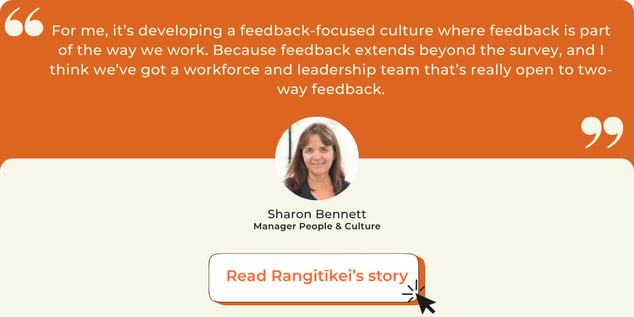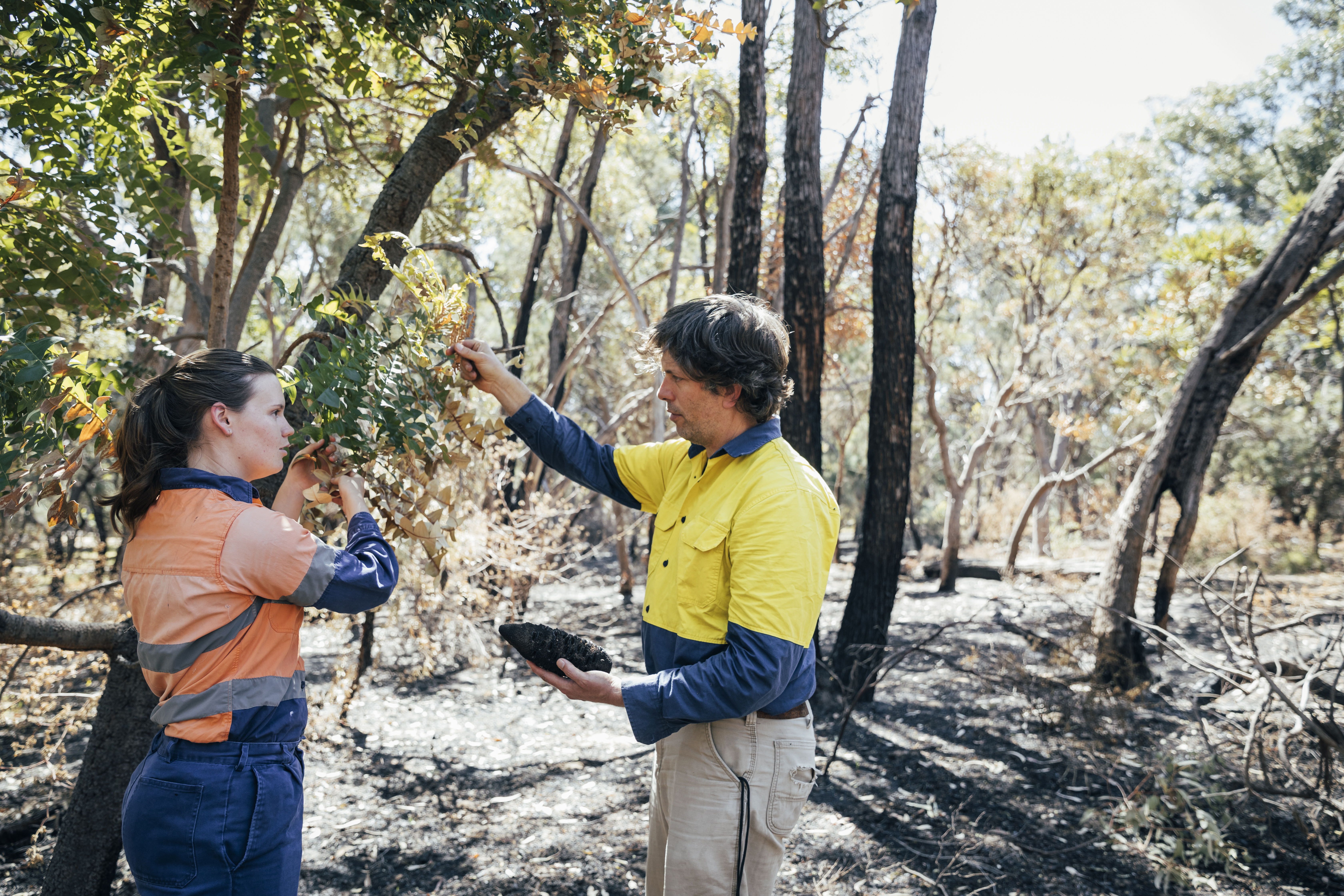Table of contents
Recommended for you

A councils guide to using perception data for better decisons
How often does feedback in your council actually lead to real change?
If your answer is never, rarely, or only sometimes, we're about to help unpack that with you.
Maybe your council runs a staff engagement survey each year, shares the results with leadership, makes a few recommendations, then moves on to the next thing.
For many councils, it's become just another item on the calendar. The intentions are good, reports get written, but the impact doesn't land. Not in the way it could.
It’s no one’s fault. It’s just how the system has evolved. But over time, that cycle quietly chips away at trust, and the chance for real culture change quietly slips through the cracks.
So why does something that starts with good intent end up feeling like a box to tick?
Why the current process isn't working
Across Australia and New Zealand, councils are starting to rethink how they approach engagement and feedback. Not because they don’t believe in it, but because they’re realising the system itself isn’t helping them get where they want to go.
The problem isn’t HR. It isn’t leadership. It’s the process.
The annual engagement survey looks good on paper, but in practice, it’s working against them.
- It’s too long and too infrequent to keep pace with change
- Results take months to analyse, so action lags
- Leaders are stretched and unsure how to respond
- HR ends up carrying responsibility for outcomes they can’t fully influence
- And over time, staff stop believing their voice leads anywhere
And it's a pattern we're seeing more and more.
When that happens, feedback quietly shifts from being a tool for improvement to a process for compliance.
And the longer it stays that way, the harder it is to rebuild trust, not just in the process, but in leadership itself.
Perception data in action
The good news is, this story is already starting to change.
More and more councils are realising that the problem isn’t how much feedback they collect, it’s how well it’s connected.
When feedback sits in a report, it loses power. But when it’s shared, discussed, and acted on, it becomes the foundation for trust and leadership.
A culture of feedback is built on rhythm and visibility, where people can see their voice leading to real action, and leaders use that insight to guide decisions.
When feedback becomes focused, frequent, and followed through, three things happen:
- Trust grows. People start to believe their voice genuinely matters.
- Leaders engage. Feedback becomes a leadership tool, not a box to tick.
- HR becomes strategic. The People and Culture team moves from managing surveys to connecting insights, helping leadership shape culture and performance.
That’s when engagement starts to mean something again.
Not because there’s more of it, but because it finally connects to what matters.
What it looks like in practice
The councils doing this well have one thing in common, they’ve simplified the process.
Instead of one big annual survey, they’re using short, focused pulse surveys that take minutes, not hours.
Each one explores a theme, engagement, leadership, wellbeing, and gives leaders something they can act on straight away.
Results are shared quickly, conversations happen openly, and progress is visible. People don’t have to wonder if their feedback made a difference, they can see it.
And most importantly, feedback has become a shared responsibility. HR and leaders work together to review results, agree on actions, and keep the loop alive.
It doesn’t take a big team or a big budget, just the intent to make feedback part of how the organisation leads.
Because when feedback fuels connection, not compliance, culture starts to shift in all the right ways.
That’s exactly what Rangitīkei District Council discovered when they made the move from long, once-a-year surveys to short quarterly pulses.
By keeping things simple and shared between HR and leadership, they turned feedback into something staff could see and trust. Participation stayed high, leaders were engaged, and actions were visible every quarter.
It wasn’t about doing more, it was about making feedback matter.
So how do councils make the shift from collecting feedback to connecting it?
It starts small, with intent, consistency, and shared ownership.
The councils doing this well aren’t overhauling their systems. They’re redesigning the rhythm: shorter surveys, clearer conversations, and more visible action.
It’s a simple loop - Ask, Listen, Act, Measure - but what happens inside that loop is what builds trust.
Our latest whitepaper, Building a Culture of Feedback, steps through exactly how councils can embed this approach, from designing meaningful feedback rhythms, to creating leadership buy-in, to closing the loop with transparency.
It’s based on nearly a decade of council experience, real data, and practical steps you can start applying right away.
See it in action
The best way to understand how it works is to see it for yourself.
AskYourTeam helps councils across Aotearoa New Zealand and Australia close the loop, turning employee feedback into real leadership insight and action.
Book a no-obligation walkthrough with our team to see how our platform is helping councils build trust, engagement, and culture through focused, connected feedback.




.png?width=723&height=181&name=Newsletter%20sign%20up%20banner%20(2).png)








.png)

